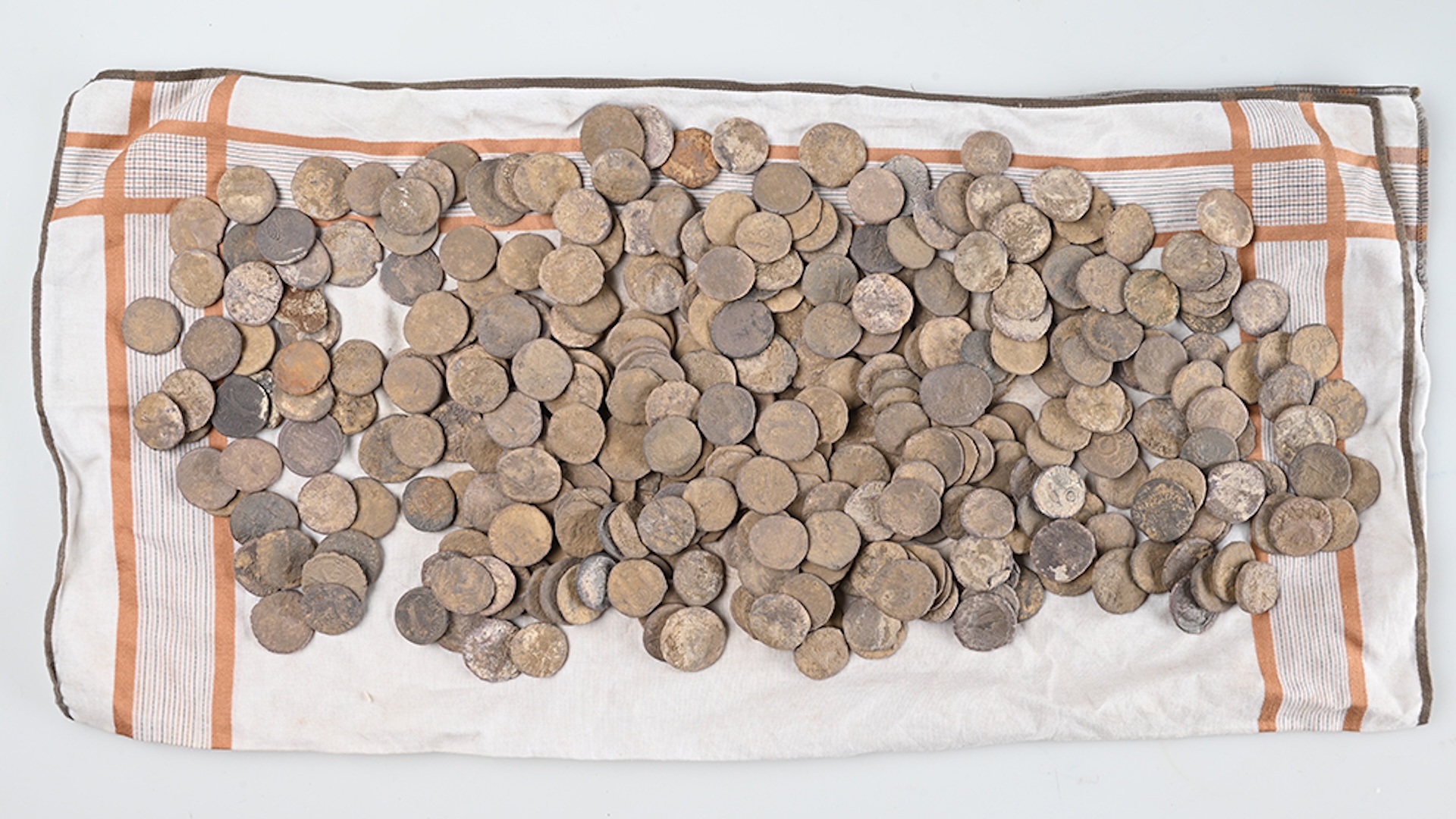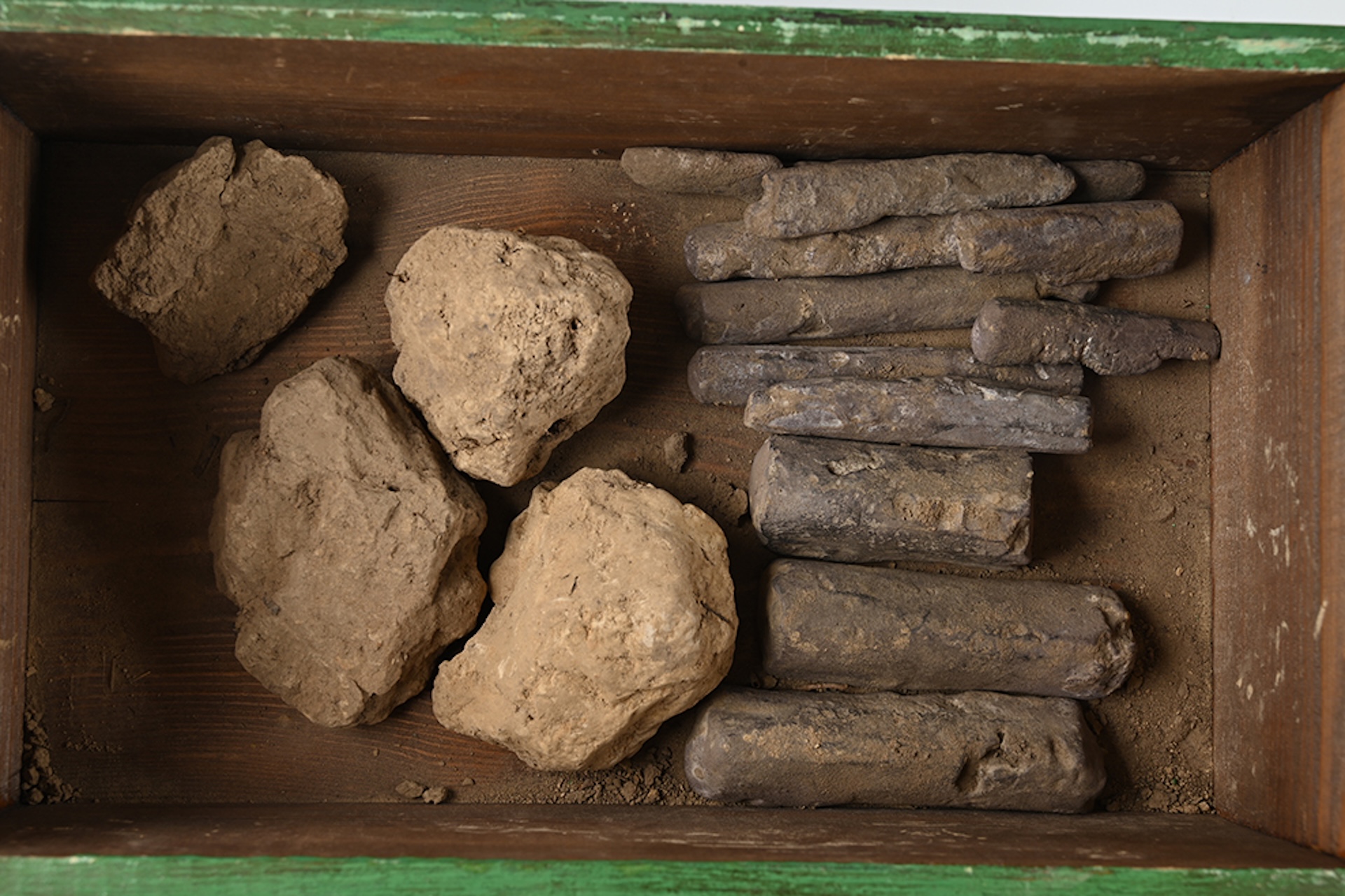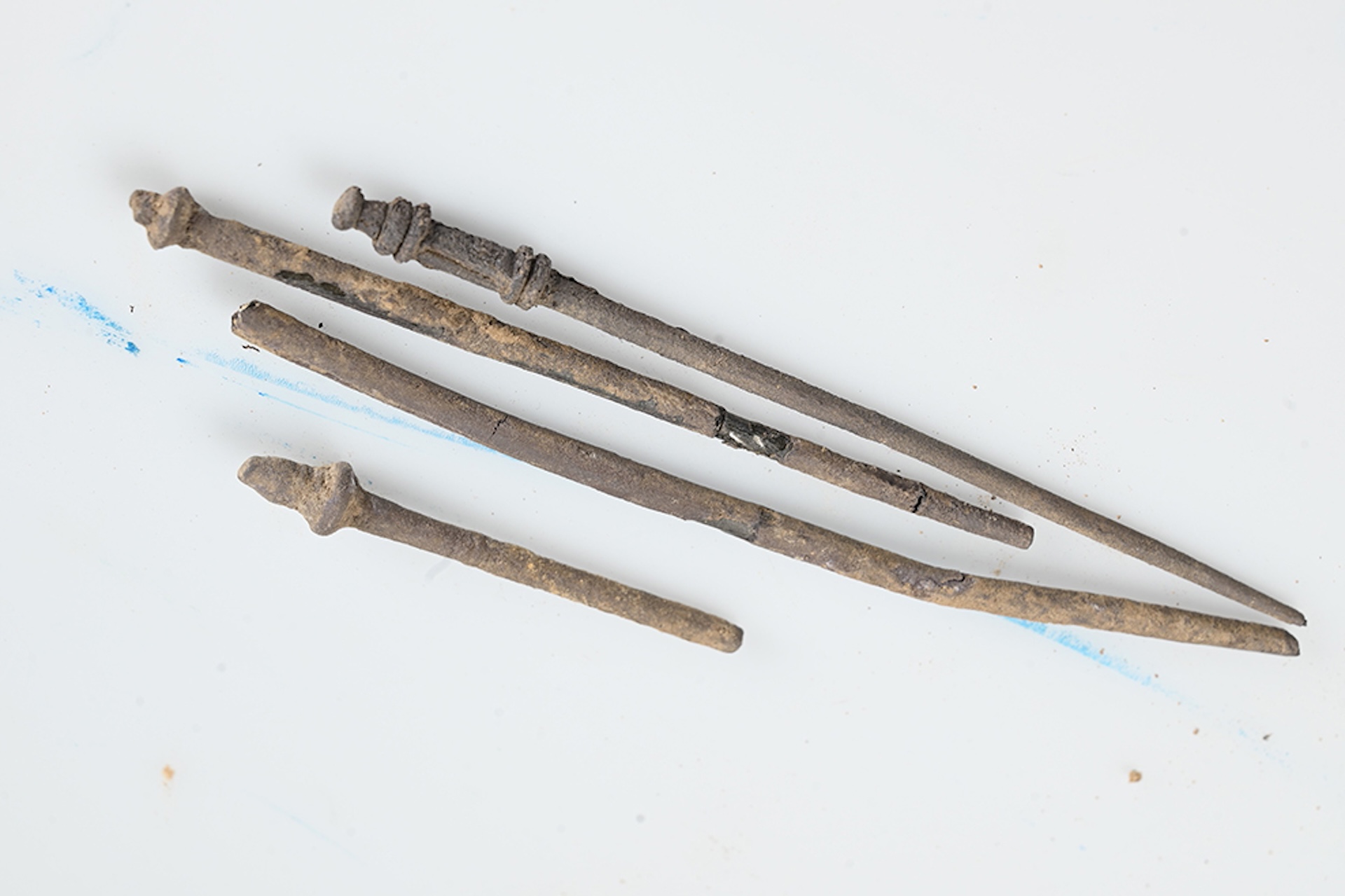'Illegal' metal detectorist found a huge hoard of Roman treasure in Germany — and kept it hidden for 8 years
A man found a Roman-era hoard in Germany dating to around 2,000 years ago, but he took eight years to tell authorities about it.

A man in Germany has discovered a Roman-era hoard with hundreds of silver coins, a gold ring, one gold coin and several silver bars — but he didn't do it legally.
The man initially found the 2,000-year-old hoard with a metal detector in 2017 near the village of Borsum in the Hildesheim district of Lower Saxony, northwest Germany. However, he didn't have a permit to unearth artifacts, and he didn't report the finding at the time. Instead, he waited until April this year to tell the police and the city of Hildesheim's monument protection authorities, according to a translated statement.
Upon learning of the hoard, officials from the Lower Saxony State Office for Monument Preservation went to the spot where the man unearthed the treasure, to see if he had missed any artifacts and determine if they could learn anything about how the hoard had been buried around two millennia ago.
In early October, government officials did a more comprehensive archaeological investigation of the area and found several more coins, bringing the silver coin total to 450 — making it one of the largest hoards of Roman coins ever found in Lower Saxony, the statement reported.
"The discovery is of enormous scientific importance," Sebastian Messal, the archaeologist and regional department head overseeing the case at the Lower Saxony State Office for Monument Preservation, said in German to the German Press Agency (DPA).
The coins date to the early Roman Imperial period, after the Roman Republic had collapsed and emperors began ruling the empire. The Imperial period witnessed coexistence but also opposition between the Romans and Germanic tribes beyond the frontier, according to the statement. An upcoming analysis will enable researchers to give a more definitive date for when the hoard was likely buried.

Some of the artifacts found in the hoard in Lower Saxony that have yet to be cleaned and conserved.

Metal pins were a part of the hoard that was buried around 2,000 years ago in what is now northwest Germany.
"Only then can we assess where the artifacts came from and why they were buried here," the statement said. "Were they Romans or Germanic tribes?"
Since turning in the treasure, the now 31-year-old man who found the hoard has participated in a government-run metal detector course. The Hildesheim public prosecutor's office also dropped an investigation into his case because the statute of limitations had expired. In Lower Saxony, metal detectorists looking for artifacts need a permit to ensure they properly find and report discoveries in a way that won't disturb archaeological deposits or sites.
Roman emperor quiz: Test your knowledge on the rulers of the ancient empire

Laura is the managing editor at Live Science. She also runs the archaeology section and the Life's Little Mysteries series. Her work has appeared in The New York Times, Scholastic, Popular Science and Spectrum, a site on autism research. She has won multiple awards from the Society of Professional Journalists and the Washington Newspaper Publishers Association for her reporting at a weekly newspaper near Seattle. Laura holds a bachelor's degree in English literature and psychology from Washington University in St. Louis and a master's degree in science writing from NYU.
You must confirm your public display name before commenting
Please logout and then login again, you will then be prompted to enter your display name.
